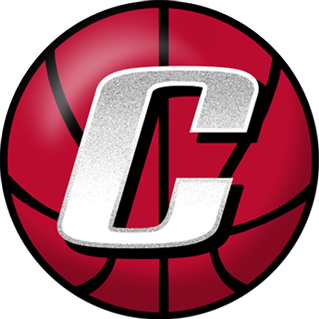-
Welcome! Please take a few seconds to create your free account to post threads, make some friends, remove a few ads while surfing and much more. ClutchFans has been bringing fans together to talk Houston Sports since 1996. Join us!
-
Dismiss Notice
 Watching NBA Action
Watching NBA Action
Come join Clutch as we're watching NBA Play-In Tournament action live ...
LIVE: NBA Playoffs!
[Wall Street Journal] NBA Players suffering ACL injuries come back better
Discussion in 'NBA Dish' started by hocash, Mar 3, 2013.
Tags:
- 2012
- 2013
- 76ers
- al jefferson
- baron davis
- boston
- boston celtics
- bulls
- chicago
- chicago bulls
- derrick rose
- draft
- drama
- fun
- funny
- hornets
- injury
- kentucky
- league
- los angeles
- los angeles clippers
- memphis
- nba draft
- nerlens noel
- new orleans
- new york
- new york knicks
- orlando
- philadelphia
- philadelphia 76ers
- playoffs
- protocol
- rajon rondo
- shooting
- utah
- wall street
- washington
- washington wizards
- wizards
